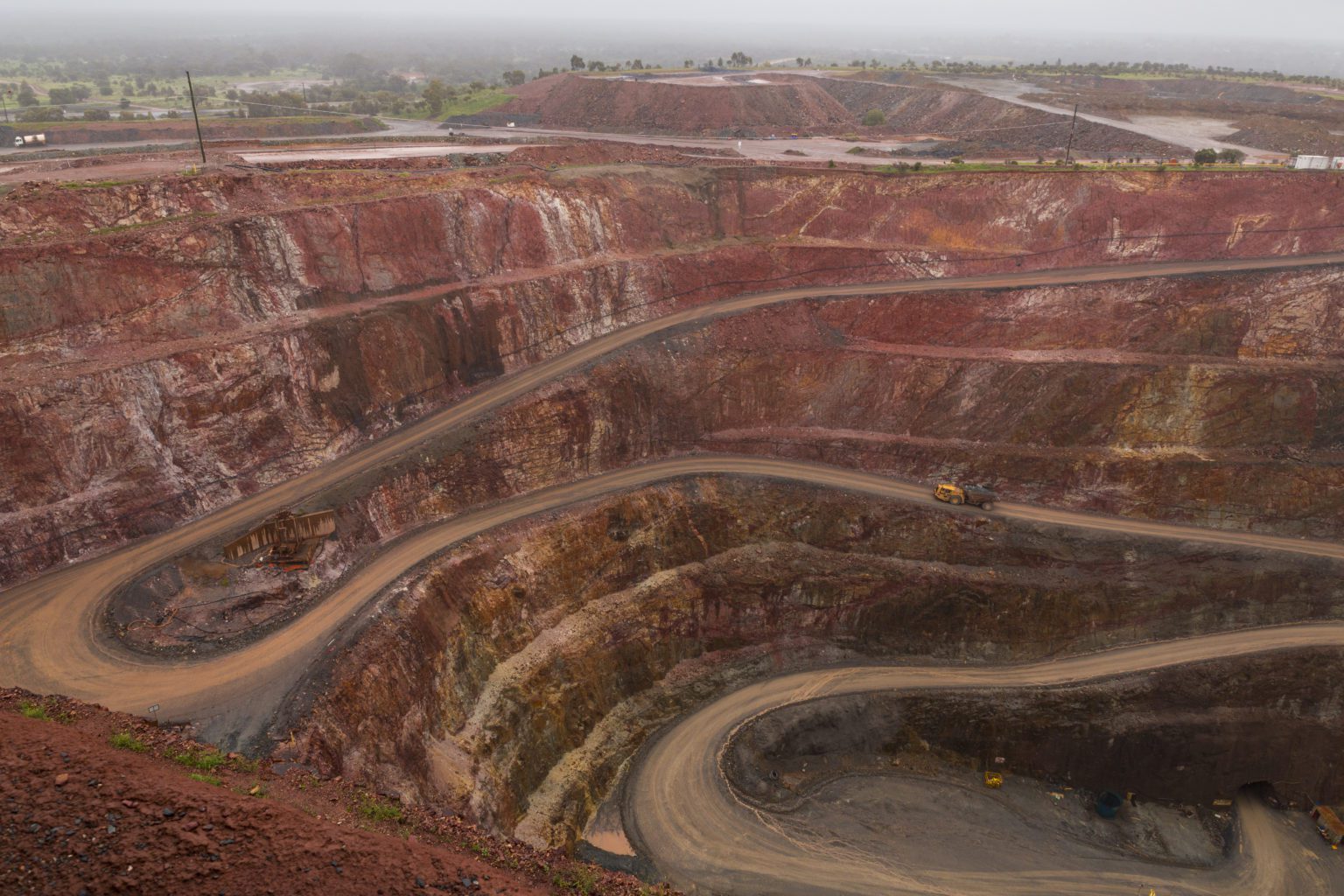The Importance of Value Accrual in Achieving Net Zero

This article was written for the Energy and Mines Magazine.
The energy transition has well and truly arrived. With 88% of global emissions covered by net-zero emission targets in 2022 (up 35% since 2020) and 35% of Australia’s total electricity generation coming from renewable energy (which has doubled since 2017), the question is no longer if companies should rise to the climate change challenge, but how.
Despite these steps forward, there is still a disjoint between targets and progress when it comes to decarbonisation. Evidence suggests there is a gap between national commitments and efforts to enact those commitments, with countries needing to cut 45% off current greenhouse gas emissions by 2030 to limit global warming to 1.5°C.
Given how little time we have left to make change, the question then shifts to how we can achieve these goals and how can incentives accelerate change?
Value Accrual
The risk and capital required for transition is high. In the State of Play Electrification report, 88% of industry see cost as being the major risk of electrifying a mine site and 42% of industry believe risk aversion is one of the biggest inhibitors to electrification. To overcome this is going to require more than just targets. It will require focussing on the value accrued to miners from the transition.
Electrification creates opportunities for both operational efficiencies and cost savings. The conversion efficiency of electric vehicles is significantly higher, around 77%, compared to 12-30% of internal combustion engines. In the current mine environment, energy costs contribute significantly, typically 25-30% of overall operational costs. Renewable energy costs continue to fall however, with almost two-thirds of the newly installed renewable power in 2021 having lower costs that the world’s cheapest coal fired option in the G20.
From a market perspective, there are a number of ways that companies and the broader industry can benefit from reducing the carbon intensity of their products. Examples include through premium pricing, social licence to operate, access to cheaper capital and green subsidies.
Premium pricing and conditional supply
The concept of green premiums is a contentious topic. Industry is yet to see it play out at scale, however it is anticipated that if companies can produce their commodities with lower emissions and greater ESG stewardship, customers may be willing to pay a slightly higher price for the product.
Industry agree that market segmentation based on carbon intensity is viable – 77% of the mining industry believe there will be a carbon-based price differential in the next 5 years. Most recently, South32 have seen European carmakers actively choosing to pay an extra $10 to $15 a tonne for their green aluminium.
If the differential does not come in the form of pricing, it will likely morph into a condition of supply. As downstream customers are forced to reduce scope three emissions, they will prioritise lower carbon intensity material supply, leaving producers that have a higher emissions profile with a smaller customer pool. This will only intensify as more global policy support and government mandates are implemented. The EU has already released mandatory requirements on the carbon footprint in lithium-ion battery production, requiring all lithium-ion batteries to have a label showing carbon intensity performance from 2026. Northvolt, the leading European battery maker, has announced it will carry a carbon footprint which is approximately one third that of comparable industry producers, with an aim of targeting a 25% share of the global battery manufacturing market by 2030.
Cost of capital and a price on carbon
The finance sector’s role in decarbonisation has become increasingly important. Investment must triple for the rest of the 2020s to achieve net zero. Commercial banks need to look past the immature nature of some markets, which is currently preventing them from funding projects due to their risk profile. Institutional investors need to look past short-term returns and their scepticism about climate risk exposure.
Despite all that needs to be overcome, the sector is becoming increasingly aware of its role in shifting the cost of capital to being favourable for green projects. Investment in the energy transition exceeded $1.1 trillion dollars in 2022, for the first time equalling investment in upstream oil and gas and unabated fossil fuel projects. The Glasgow Financial Alliance for Net Zero has seen its membership grow by over 20% and it is estimated that bad emission projects can expect to pay up to 25% more for their capital than good ones.
Aside from capital costs, carbon pricing mechanisms (both voluntary and compliance) will continue to play an increasingly important role in the transition. More than 40% of greenhouse gas emissions were covered by carbon prices in 2021, and the voluntary carbon offset market is predicted to grow from around $2 billion in 2022 to about $100 billion in 2030.
With the recent updates to Australia’s safeguard mechanism, more producers will be subject to financial penalties for producing carbon. In addition, companies who fail to deliver emission reductions within their operations will have to purchase carbon offsets within the voluntary carbon market in order to meet their decarbonisation targets.
Accreditation and verification
Accreditation will become increasingly important to allow the benefits of decarbonising to come to fruition. The industry requires precise performance measurement, validation of performance and transparency and benchmarking for companies to differentiate on the basis of the embedded carbon of their products. Carbon measurement technologies that track lifecycle emissions of products are relatively mature in other industries (such as fast-moving consumer goods), however considerable development is still required to produce a solution that services mining.
The ability for companies to be transparent in their carbon emissions will result in accountability and creates real value for those involved. Accessing finance at a cheaper rate will become more viable as banks and investors will be able to accurately track emissions, and we may see even more of an emergence of premium pricing and preferential supply. Several exchanges have introduced their own certification bodies, including the London Stock Exchange, who have introduced a ‘Green Economy Mark’ for those who constitute a ‘green’ business, however a more sophisticated and specific approach for mining is required.
There is much to be done in the transition to net zero. Decarbonisation requires more than just effort from a single party, but rather a collective effort from all aspects of industry. Mining companies must recognise the true value of decarbonisation, both from an improved efficiency and reduced cost perspective, as well as the value that can be accrued from greater environmental stewardship. The government and finance sectors must put the right policy and accreditation levers in place to make sure emissions reductions are incentivised and rewarded.
The State of Play Mining Industry Survey is now open. Every person who completes the survey receives free access to a sample of the data. You can access it HERE.

